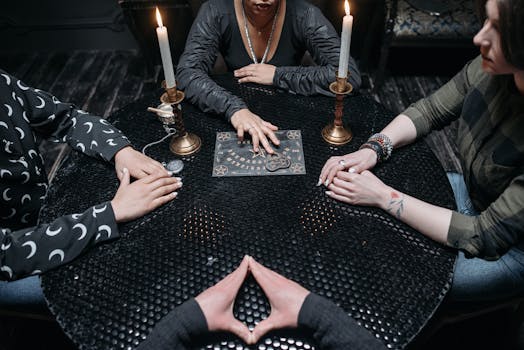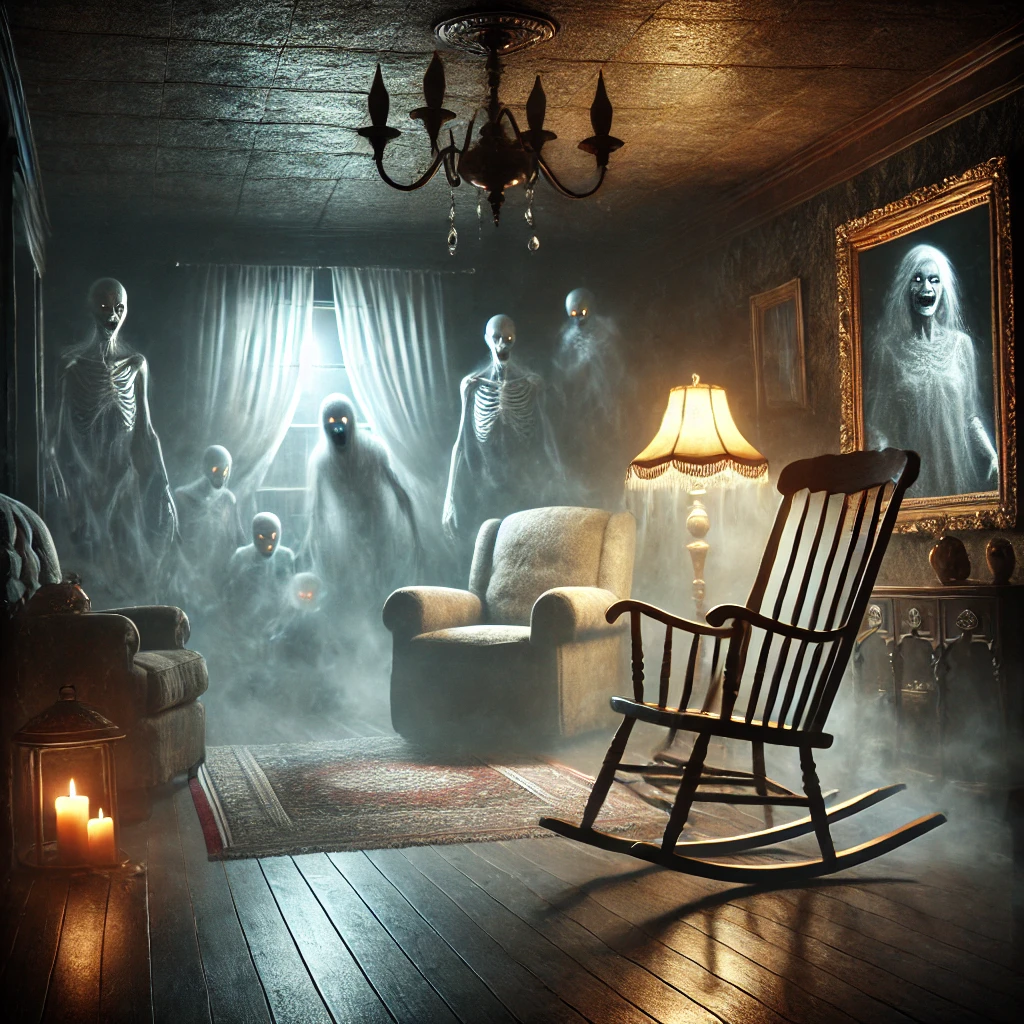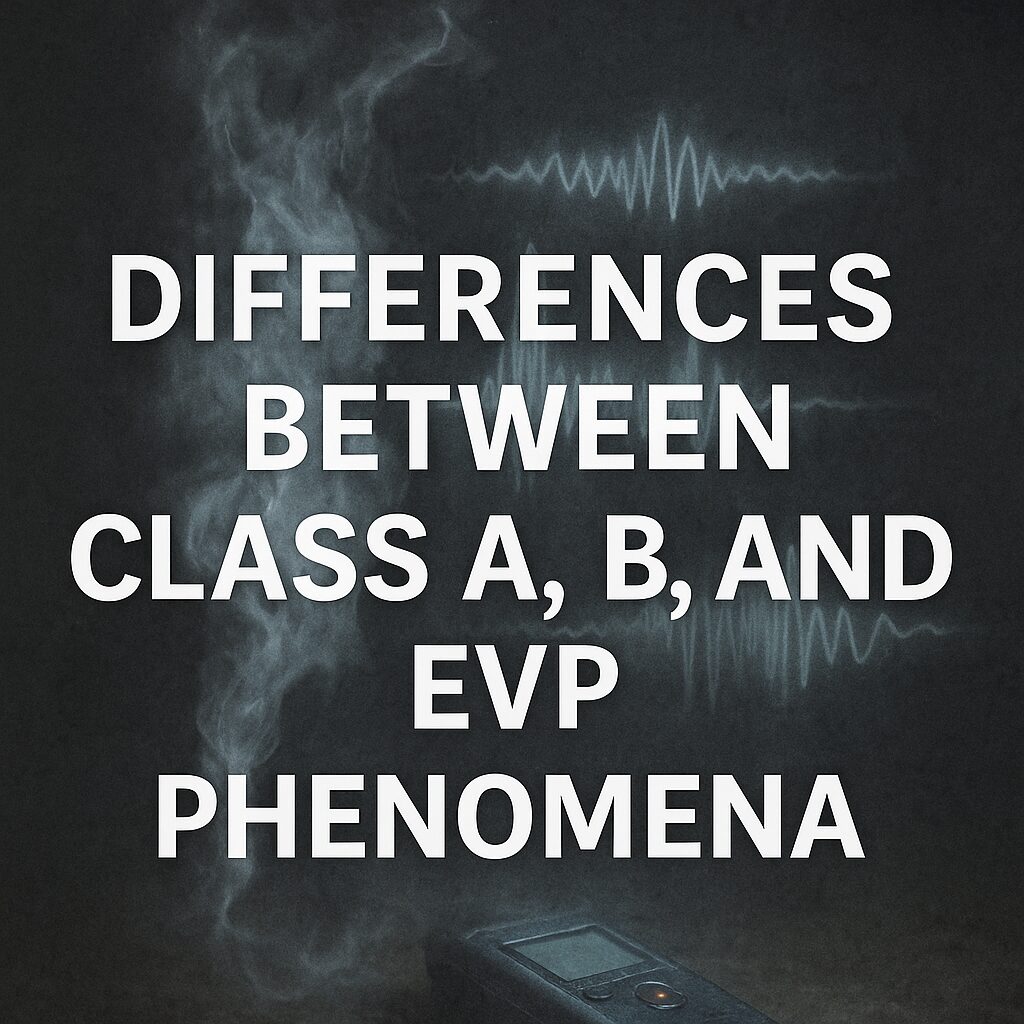
Discover the key differences between Class A, B, and C EVP phenomena. Learn how to identify, classify, and analyze electronic voice phenomena for accurate paranormal investigations.
The differences between Class A, B, and C EVP phenomena help investigators understand the quality and clarity of electronic voice phenomena during a paranormal investigation.
Class A EVP is the clearest and most convincing. These recordings capture full words or sentences that anyone can hear without explanation. Class B EVP is slightly less clear.
The voice may be faint or need a careful listen with headphones, but the message is still understandable. Class C EVP is the hardest to interpret.
The sound is often low, distorted, or masked by background noise, making it difficult to confirm if it is a true spirit voice.
Knowing these EVP classifications allows ghost hunters to evaluate evidence with accuracy and separate genuine spirit communication from random sounds or audio interference.
Understanding EVP classes also helps in documenting paranormal activity, improving EVP recording techniques, and using tools like digital recorders, spirit boxes, and audio software for better analysis.
Contents
- Differences Between Class A, B, and C EVP Phenomena
- What Is EVP and Why It Matters
- Class A EVP: The Clearest and Most Compelling Evidence
- Class B EVP: Clear but Requires Careful Listening
- Class C EVP: Faint and Hard to Verify
- Step-by-Step Guide to Capturing EVP
- Best Practices and for EVP Recording
- Common Mistakes to Avoid
- Conclusion
- Tips and Methods for Understanding and Capturing Class A, B, and C EVP Phenomena
- Frequently Asked Questions: Differences Between Class A, B, and C EVP Phenomena
- Website Source
- About Paraghosts.com
Differences Between Class A, B, and C EVP Phenomena
Introduction
Electronic Voice Phenomena, often called EVP, has fascinated paranormal investigators for decades. These mysterious voices or sounds appear on digital audio recordings even though they were not audible during the live investigation.
Many researchers believe these voices may be messages from spirits or energy imprints left behind in a location.
Understanding how to classify EVP recordings is essential for anyone who wants to investigate the paranormal in a professional and credible way.
By learning the differences between Class A, Class B, and Class C EVP phenomena, you can better evaluate your evidence, improve your recording techniques, and share findings that stand up to peer review.
This detailed guide takes you step by step through each classification, explains how to capture the clearest recordings, and offers professional tips for analysis.
What Is EVP and Why It Matters
Electronic Voice Phenomena refers to unexplained voices, words, or sounds captured on recording devices that have no clear natural source.
During a paranormal investigation, investigators may use digital recorders, spirit boxes, or other electronic tools to ask questions and record responses.
Later, during playback, they sometimes hear words or phrases that were not heard at the time of recording.
Some investigators believe these are messages from spirits trying to communicate.
Others think they may be residual energy impressions or even an unknown natural phenomenon.
Understanding the classification system helps investigators avoid false positives. It ensures that the evidence you present to the public or fellow researchers has credibility.
By recognizing the level of clarity and quality in an EVP, you can separate genuine communication from background noise or audio artifacts.
This approach builds trust and makes your investigation more scientific and reliable.
Class A EVP: The Clearest and Most Compelling Evidence
Class A EVP Examples
Class A EVP is the gold standard of spirit communication recordings. These are the moments every investigator hopes to capture.
Class A recordings are so clear that anyone can listen and understand the words without special equipment or prior explanation.
They often sound like a normal human voice and can include complete sentences or direct answers to questions asked during the session.
Key Characteristics of Class A EVP
- Exceptional Clarity: Words or phrases are crisp, distinct, and easy to identify.
- Universal Recognition: Even people with no experience in paranormal investigation can understand the message.
- Direct Interaction: Many Class A recordings respond directly to questions, suggesting real-time communication.
How to Capture Class A EVP
Capturing a Class A EVP requires careful preparation and patience.
- Use Professional-Grade Equipment: Invest in a high-quality digital recorder with a sensitive microphone. Cheap devices may add static or distortion that hides subtle sounds.
- Choose the Right Location: Record in areas known for paranormal activity but with minimal outside noise. Investigate late at night or when the environment is quiet.
- Control the Environment: Ask everyone present to remain still and silent. Turn off devices that could cause interference.
- Ask Clear Questions: Speak slowly and allow long pauses to give any potential entity time to respond.
Class A EVPs are rare. When captured, they can provide compelling evidence of spirit communication and often become the highlight of a paranormal investigation.
Class B EVP: Clear but Requires Careful Listening
Class B EVP Examples
Class B EVP is still an exciting find but requires more careful analysis. The sounds are audible and often recognizable as words, but they may not be as crisp as Class A. Listeners might need headphones or multiple playbacks to fully understand the message.
Key Characteristics of Class B EVP
- Moderate Clarity: Words are generally audible, but slight background noise or faintness makes them less obvious.
- Interpretation Needed: Listeners may debate the exact wording, which means verification is important.
- Environmental Noise Present: Sounds from the surroundings might overlap with the EVP.
How to Improve Class B EVP
Investigators can take steps to increase the clarity of Class B recordings.
- Use Audio Editing Software: Programs like Audacity can reduce background noise and amplify the voice without altering the evidence.
- Replay Multiple Times: Listen at different volume levels and share with other investigators for a consensus on what is heard.
- Compare to Control Recordings: Record ambient noise at the location to rule out natural sounds or mechanical interference.
While Class B EVPs are not as immediately striking as Class A, they are still valuable. They often encourage investigators to return to the site for additional sessions, possibly capturing clearer evidence later.
Class C EVP: Faint and Hard to Verify
Class C EVP Examples
Class C EVP is the most difficult to confirm. These recordings are often extremely faint, distorted, or buried under heavy background noise. The sounds might suggest a voice but are open to interpretation and can easily be mistaken for natural noises like wind, water, or mechanical hums.
Key Characteristics of Class C EVP
- Low Volume and Heavy Interference: Voices are barely audible and often masked by static or environmental sounds.
- High Ambiguity: Different listeners may hear different words or none at all.
- Limited Evidence Value: Often considered inconclusive without additional supporting data.
How to Handle Class C EVP
- Document Carefully: Always note the time, location, and conditions when the recording was made.
- Avoid Over-Processing: Excessive editing can create false impressions or artificial patterns.
- Use as a Guide: Treat Class C EVPs as hints pointing to an active area worth re-investigating rather than as proof of paranormal activity.
Although Class C EVPs are not strong evidence on their own, they can direct your attention to locations where more compelling activity might be captured in the future.
Step-by-Step Guide to Capturing EVP
Step 1: Select the Right Equipment
Choose a reliable digital recorder with a high-quality microphone.
Test the equipment before every investigation to ensure there is no static or distortion.
Bring backup batteries and memory cards to avoid interruptions during critical moments.
Step 2: Pick a Suitable Location
Investigate areas with known activity but minimal outside noise. Old buildings, historic sites, or places with a history of hauntings often produce strong results.
Make notes of natural background sounds like water dripping, wind through trees, or distant traffic for accurate analysis later.
Step 3: Prepare the Environment
Introduce the team on the recording and ask for silence. Inform spirits or energies of your purpose in a calm and respectful manner.
Close doors and windows to minimize interference.
Step 4: Conduct a Thoughtful Session
Ask clear, simple questions and allow at least ten seconds of silence between them.
Keep your voice steady and avoid overlapping conversations. Encourage any presence to speak directly into the recorder.
Step 5: Review and Analyze with Care
After the session, listen to the recordings using high-quality headphones in a quiet setting.
Use software to amplify faint sounds and reduce noise, but avoid over-editing.
Document each potential EVP with detailed notes about time, location, and context.
Best Practices and for EVP Recording
- Always test your equipment before starting a session.
- Keep a written log of questions asked and responses heard during playback.
- Cross-check findings with fellow investigators to reduce personal bias.
- Save original audio files as backups before editing for clarity.
Common Mistakes to Avoid
Many beginners accidentally create false positives during EVP sessions. Avoid talking or whispering while recording, as even quiet speech can be mistaken for an EVP.
Identify and note all natural sounds, such as footsteps, plumbing, or animal noises, to prevent confusion later.
Do not over-process your audio files, as heavy editing can introduce artifacts that sound like voices.
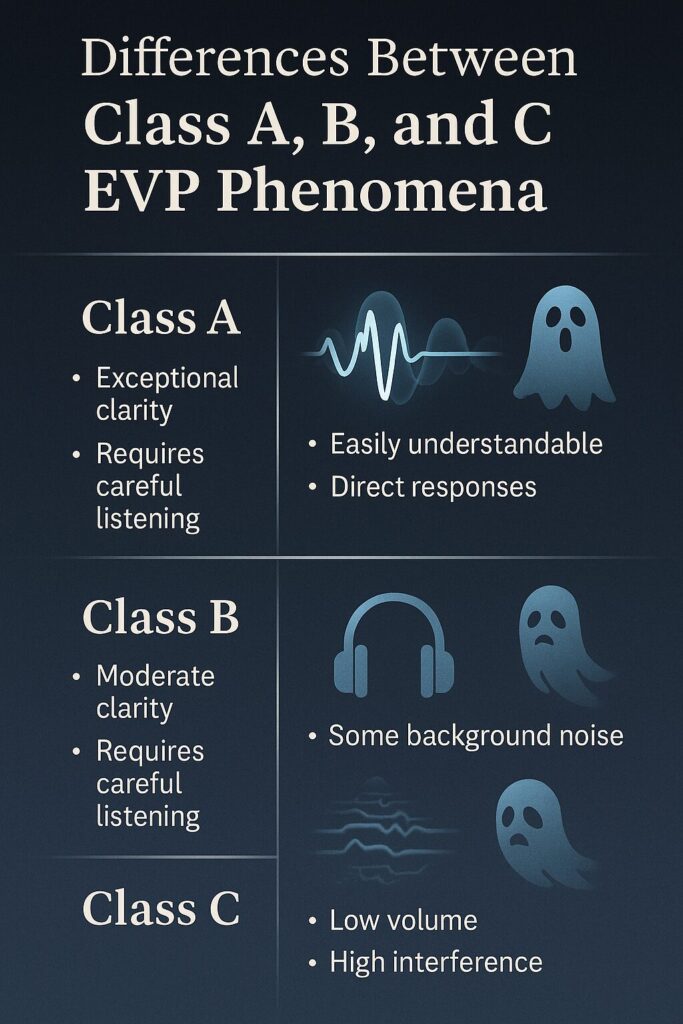
Conclusion
Understanding the differences between Class A, B, and C EVP phenomena gives investigators the knowledge to evaluate recordings with precision and confidence.
By mastering this classification system, you can separate genuine spirit communication from natural sounds and enhance your credibility as a paranormal researcher.
Final Thoughts
Electronic Voice Phenomena continues to intrigue both amateur ghost hunters and professional investigators.
Whether you capture a crisp Class A message or a faint Class C whisper, each session deepens our understanding of the unseen world.
With patience, high-quality equipment, and a methodical approach, you can create a library of recordings that contributes to the ongoing study of the paranormal and inspires others to explore the mysteries that surround us.
Tips and Methods for Understanding and Capturing Class A, B, and C EVP Phenomena
General Recording Tips
- Use High-Quality Equipment: Choose a sensitive digital recorder with a clean microphone to capture subtle sounds and reduce background static.
- Test Before You Record: Check batteries, memory space, and audio levels before every session to avoid interruptions or loss of data.
- Control the Environment: Minimize outside noise by turning off fans, phones, or other electronics that can cause interference.
Methods to Capture Clear Class A EVP
- Choose Quiet Locations: Investigate areas with little environmental noise for the best chance at crystal-clear recordings.
- Ask Direct Questions: Speak slowly and clearly, leaving at least ten seconds of silence after each question to allow time for a response.
- Stay Still and Silent: Ask everyone present to remain motionless and quiet during the session to prevent accidental sounds.
- Mark Real-Time Noises: If someone coughs or moves, say it out loud to separate natural sounds from possible EVP later.
Strategies to Improve Class B EVP
- Use Quality Headphones for Review: Listen in a quiet space with professional headphones to catch faint or muffled words.
- Replay Multiple Times: Listen at different volumes and speeds to better identify words or phrases.
- Employ Light Audio Editing: Use software to reduce background noise, but avoid heavy processing that could create false voices.
- Seek Second Opinions: Share recordings with other investigators for unbiased interpretation.
Handling and Analyzing Class C EVP
- Document All Conditions: Record the date, time, weather, and location details to help explain possible background sounds.
- Avoid Over-Editing: Keep the original file untouched and make minimal changes to preserve authenticity.
- Use as a Clue: Treat Class C recordings as indicators of potential activity and plan follow-up investigations.
- Compare with Baseline Audio: Record ambient sounds without questioning to differentiate natural noises from possible EVP.
Additional Best Practices
- Maintain Detailed Logs: Keep notes of questions asked, times, and observations during and after the session.
- Work in Teams: Multiple listeners can confirm findings and help avoid misinterpretation.
- Cross-Reference with Other Evidence: Pair EVP results with video, EMF readings, or temperature changes to strengthen credibility.
- Practice Patience: EVP evidence often requires repeated sessions and careful analysis to capture and classify correctly.
These tips and methods will help you recognize the differences between Class A, B, and C EVP recordings and improve the quality and reliability of your paranormal investigations.
Frequently Asked Questions: Differences Between Class A, B, and C EVP Phenomena
What is Electronic Voice Phenomena (EVP)?
Electronic Voice Phenomena, or EVP, refers to unexplained voices, words, or sounds captured on recording devices that were not heard during the investigation. Many paranormal researchers believe these sounds may be spirit voices or residual energy, while others think they may have natural but unidentified causes.
How Are EVPs Classified Into Class A, B, and C?
Investigators classify EVPs based on clarity, volume, and ease of interpretation.
- Class A: Clear and easy to understand without explanation.
- Class B: Audible but requires careful listening or headphones.
- Class C: Faint, distorted, and difficult to verify.
This system allows researchers to evaluate evidence consistently and present credible findings.
Why Is Class A EVP Considered the Best Evidence?
Class A EVP stands out because it is clear and unmistakable. Anyone can listen to a Class A recording and understand the message without special equipment or prior knowledge of the session. It often contains complete words or sentences and sometimes responds directly to questions.
Can Class B or C EVP Still Be Valuable?
Yes. Class B EVP can contain important information even if it needs multiple playbacks to understand. Class C EVP may not provide conclusive evidence but can point to areas with potential paranormal activity, encouraging further investigation and more targeted recording sessions.
What Equipment Works Best for Capturing High-Quality EVP?
A high-quality digital audio recorder with a sensitive microphone is essential. Many investigators also use spirit boxes, directional microphones, and high-end headphones for analysis. Noise reduction software such as Audacity can help isolate voices while keeping the original file intact.
How Do I Avoid False Positives During an EVP Session?
Maintain strict control of the environment. Keep team members quiet, mark any real-time sounds like coughs or footsteps, and choose locations with minimal background noise. Always create a baseline recording of natural environmental sounds for comparison.
How Should I Analyze and Review My EVP Recordings?
Listen in a quiet room using professional headphones. Play recordings at different volumes and speeds to catch faint responses. Use editing software sparingly to reduce background noise but avoid heavy filtering that could create artificial voices. Always save the original unedited file.
How Long Should an EVP Session Last?
A typical session lasts between 20 and 45 minutes. This length gives spirits or residual energy enough time to interact while keeping background noise manageable. Longer sessions can work if the environment remains quiet and controlled.
Do Spirits Respond to Specific Questions?
Many investigators believe that spirits can respond to direct, respectful questions. Use short, clear sentences and allow at least ten seconds of silence after each question. This method improves the chances of capturing a direct answer, especially for Class A recordings.
Can Environmental Factors Affect EVP Quality?
Absolutely. Running water, wind, HVAC systems, or even distant traffic can create sounds that mimic voices. Document the weather and any natural noises before and during the session to ensure accurate analysis later.
How Do I Share or Present My EVP Evidence?
Keep detailed notes, including time, location, and conditions of each recording. Present both the original and lightly enhanced versions if you use noise reduction. Sharing files with other investigators or experienced listeners can help confirm findings and improve credibility.
Is EVP Proof of Life After Death?
The scientific community has not confirmed EVP as definitive proof of life after death. While many paranormal researchers believe it may be spirit communication, others think it could be the result of electromagnetic interference or audio pareidolia, where the brain interprets random sounds as voices.
Final Takeaway
Understanding the differences between Class A, B, and C EVP phenomena helps paranormal investigators collect, evaluate, and share evidence with clarity and professionalism.
Whether your recording captures a crystal-clear message or a faint whisper, careful preparation and honest analysis will ensure your findings remain credible and valuable to the paranormal field.
Website Source
- Association for the Scientific Study of Anomalous Phenomena (ASSAP)
https://www.assap.ac.uk
ASSAP provides detailed research articles and case studies on Electronic Voice Phenomena, including how investigators classify Class A, B, and C recordings and the scientific methods used to analyze them.
About Paraghosts.com
Paraghosts.com is your trusted destination for exploring the mysterious world of ghosts, hauntings, and unexplained phenomena.
Our team of passionate investigators and writers share in-depth research, real-life experiences, and expert tips to help you understand and document paranormal activity with confidence.
Whether you are a curious beginner or a seasoned investigator, Paraghosts.com offers detailed guides, equipment reviews, and fascinating stories that bring the supernatural to life.
Visit us to uncover evidence, learn new investigation techniques, and join a community that thrives on exploring the unknown.
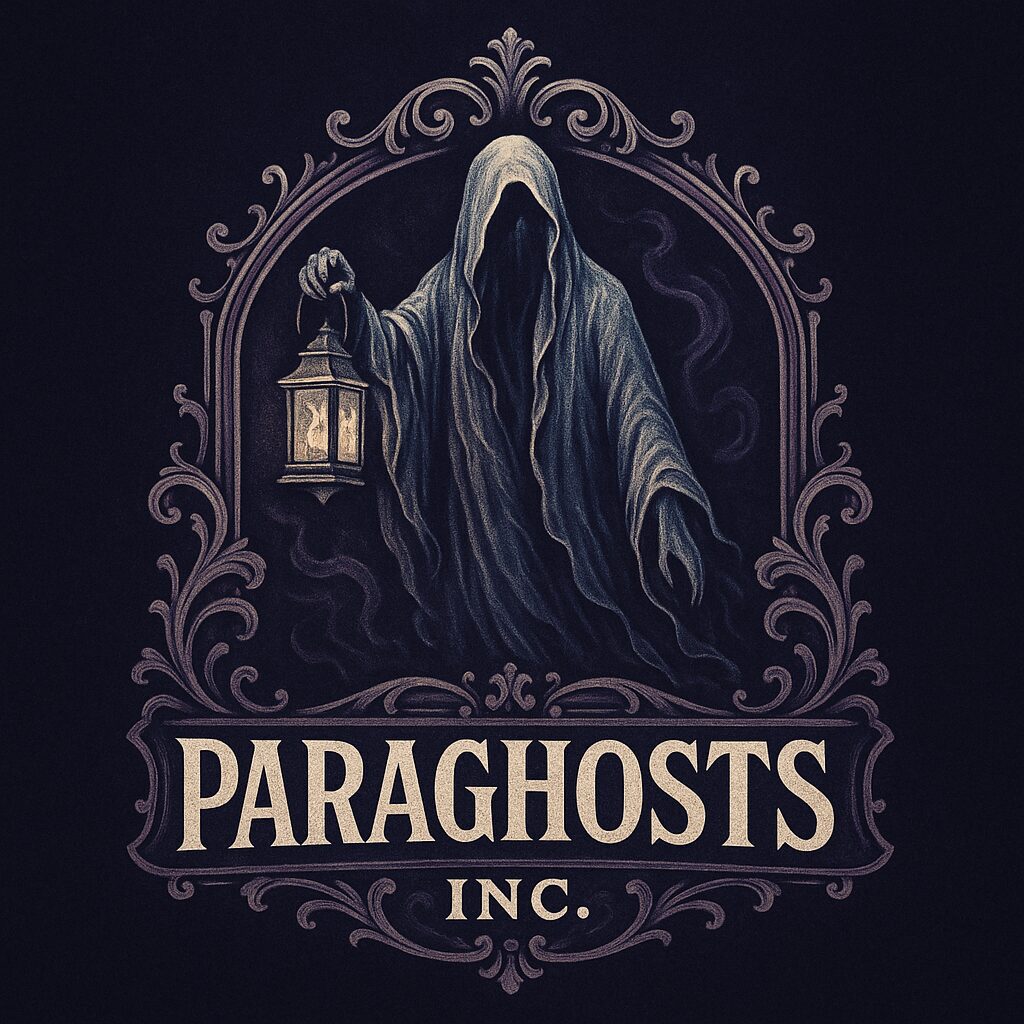
- What Is the Butterfly Effect in Simple Terms for Beginners? - November 9, 2025
- What is 3I/ATLAS interstellar comet and where did it come from? - November 8, 2025
- Unseen UFO Encounters and Paranormal Evidence - November 6, 2025
